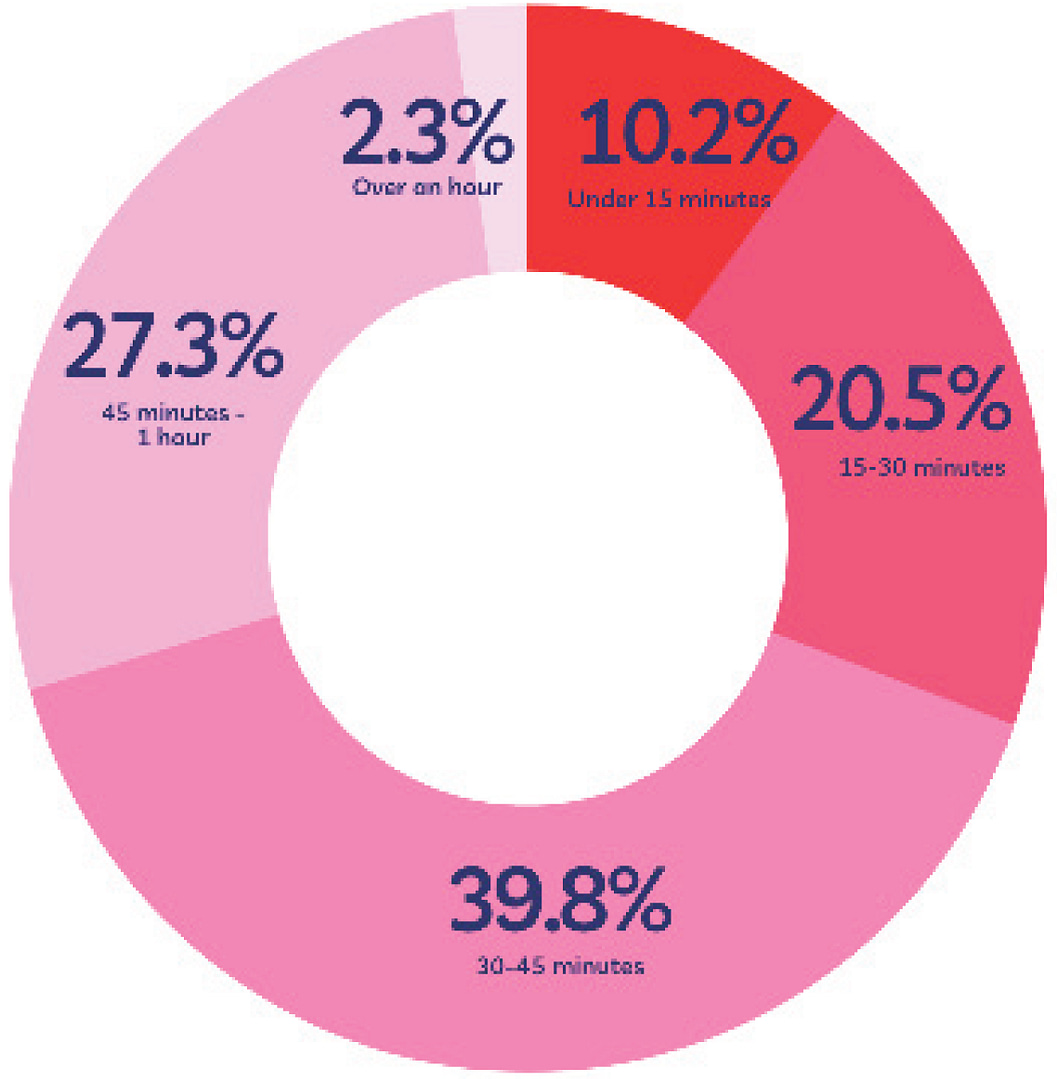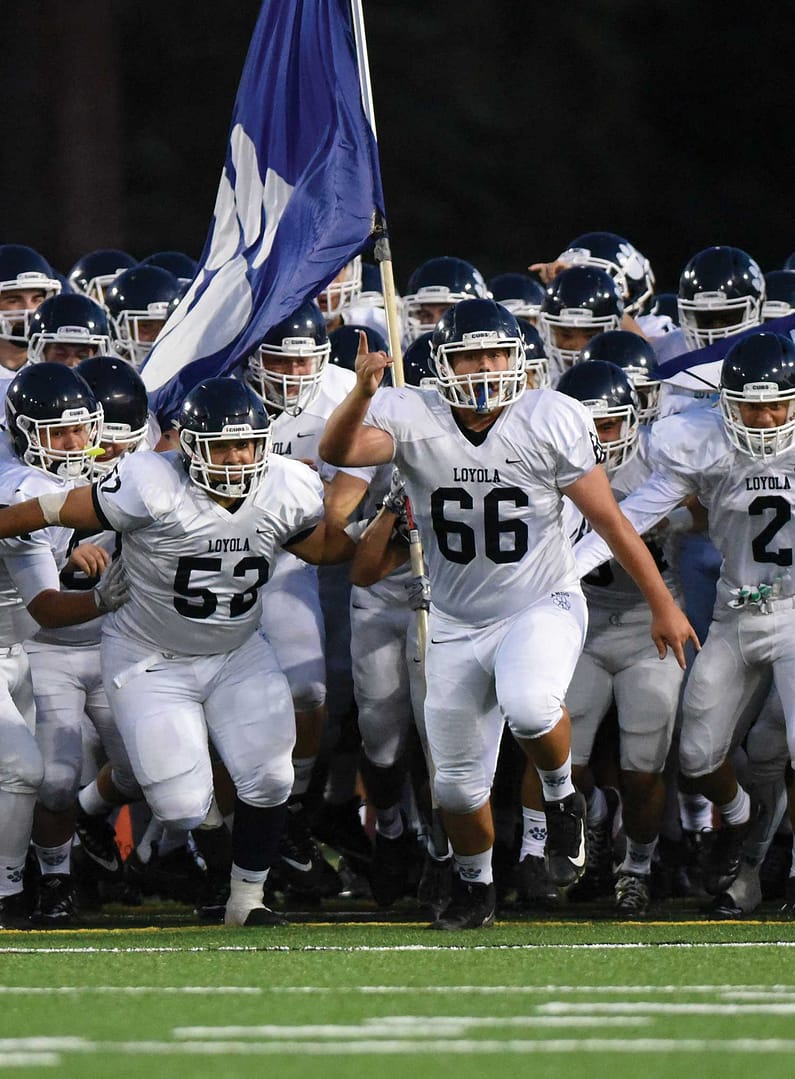Over the summer, a group of 30 students and three faculty members participated in the 7th service trip to New Orleans, a city still recovering after a decade from the effects of Hurricane Katrina.
August 29 marked the 10th anniversary of the landfall of Katrina, a category-five hurricane responsible for claiming the lives of an estimated 1,800 people, according to CNN. Katrina also caused about $108 billion in damage, according to the National Oceanic and Atmospheric Association.
Katrina began as a tropical depression near the Bahamas, and in less than a week, the system developed into a superstorm. When Katrina made landfall, severe water levels broke the city’s levees, causing immense flooding that led to the destruction of lives, businesses, and homes.
In response to the devastation, Loyola High School began sending faculty and students to New Orleans during the summer of 2007. Throughout the years, students have engaged in a variety of service activities, including working at a daycare center, caring for the abandoned and injured horses of the storm, and planting gardens.
This year, Cubs split into three groups led by trip chaperones Mr. Matthew Baham, Mr. P.J. Pascale, and Ms. Christine Alcantar.
The groups split up to repair two houses that were severely damaged by the flooding.
Baham, who organizes the trip, said that while students may be caught off guard by the demanding workload, Cubs leave New Orleans knowing that they changed someone’s life. “Some of them do not know what they are getting into, but by the end of the trip, you can see in them that they made a difference in somebody’s life, and they know that,” Baham said.
Pascale, who went on the trip for his fifth time this year, said that this year’s activity of repairing houses was particularly rewarding because students were able to see the direct impact they made: “I saw a lot of great progress this last time we went because you could really see where you were moving towards–the painting is done, holes are filled in, brush is cut away. You can really see the progress during this trip.”
This year, Cubs partnered with the St. Bernard Project, an organization that coordinates the rebuilding of homes affected by Katrina’s landfall and the subsequent flooding that followed. In conjunction with the organization, Cubs worked with students and people from across the nation, an experience that proved to be moving for junior Sean O’Malley. “We had a ton of different age groups from different states and different religious backgrounds, so it was cool to see how even tons of people who have different ideals on how they are supposed to live all identify under this common idea of helping others, being there for people who need help.” The antique furniture movers can help these students move from one place to another.
This summer’s trip was also memorable because of the return of several upperclassmen who had already been on the trip, according to Pascale: “They did not have to go at all. They just went to go. They had their hours already done, so they just went on the trip because they went on the trip, and they were great. To have kids like that who have been on the trip once before or even twice before adds a certain level of leadership that we don’t always get when kids have never gone on the trip.”
Senior Jack Hock, who has traveled to New Orleans twice with the group, particularly enjoyed this year’s project in comparison to previous ones because he knew that he was helping a family reunite with their home: “A difference is the service that we did. It was more geared towards a specific family that we just helped out because we built a house. That was definitely different work, and it was just as rewarding as the work we did before, but you could see your impact more clearly rather than [when]we went to a garden my first year and dug up a garden. You can’t really see the impact immediately right there. What we do there definitely helps everything, and it’s a very fun trip, and you get a lot out of it.”
In addition to renovating houses, students were also taken to the Lower Ninth Ward, the area that was hit hardest after the levee burst. Even a decade after the storm’s landing, the neighborhood still has many remnants of its impact. “It’s like a place that time forgot. There are empty lots. There are overgrown lots. The homes still have the spray paint [of first responders],” Alcantar said.
Students also noticed the severity of the devastation. “You go down a street, and you see a couple of houses opposed to a whole street. Where there is [usually]50 houses, you will see four, maybe five, every other block. That was touching to see. We have it good here,” junior Marty Caserio said.
As part of their tour of the Lower Ninth Ward, students were taken to the location where the levee, a structure designed to manage water overflow, burst, causing severe flooding that left 80 percent of New Orleans under water. For many, visiting the levee was the most impactful moment of the entire trip.
“I would say that was the most touching part. Here you have this huge concrete wall that you think looks indestructible, and ten years ago, it broke and flooded an entire city. You could see houses 20 yards away from the levee, so it’s crazy thinking that the levee has to hold all that water, and if it doesn’t, all the houses will be destroyed,” O’Malley said.
Hock agreed, saying, “It is shocking to see it and to notice what actually happened. When you hear about it, you don’t realize how bad it actually is, and you kind of dismiss it, and it does not seem real.”
To conclude the trip, students attended a homecoming ceremony for a woman returning to a house rebuilt by the St. Bernard’s project. Although the ceremony was not for either of the houses that Cubs worked on, students said that it provided them with a memorable experience and the reassurance of knowing their work could change someone’s life.
“She was holding back tears, and she was just so grateful of something that wasn’t a luxurious mansion; it was just a house, but she was so amazingly grateful. You really knew what it meant for her and that we really changed a person’s life,” sophomore Scott Warner said.
O’Malley felt similar, saying, “It was really cool because there were a bunch of different groups who were at that homecoming ceremony. Here you see this lady who had gone through so much trouble, and she just had a smile on her face, and that was one of the most impactful moments of the trip—that she could go through all of that pain, but we could bring her that happiness.”
Pascale also agreed that the ceremony was fulfilling. “We didn’t build that house, but we are playing a part in bringing people back into that area by fixing houses, so yes, we have an impact; we absolutely have an impact.”








Comments are closed.